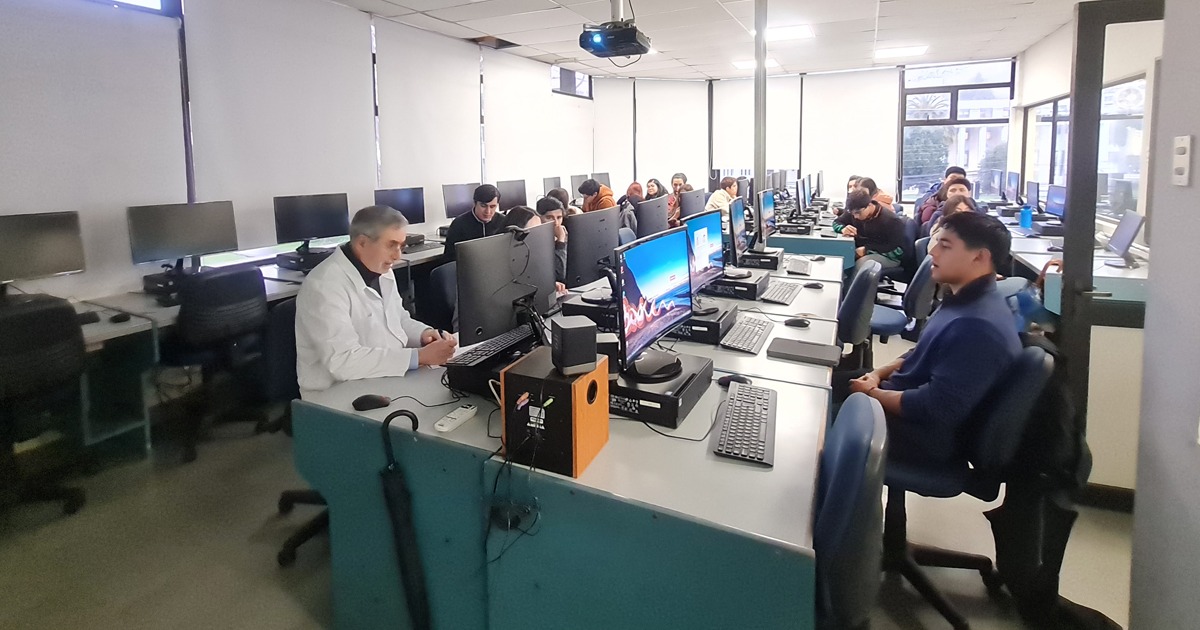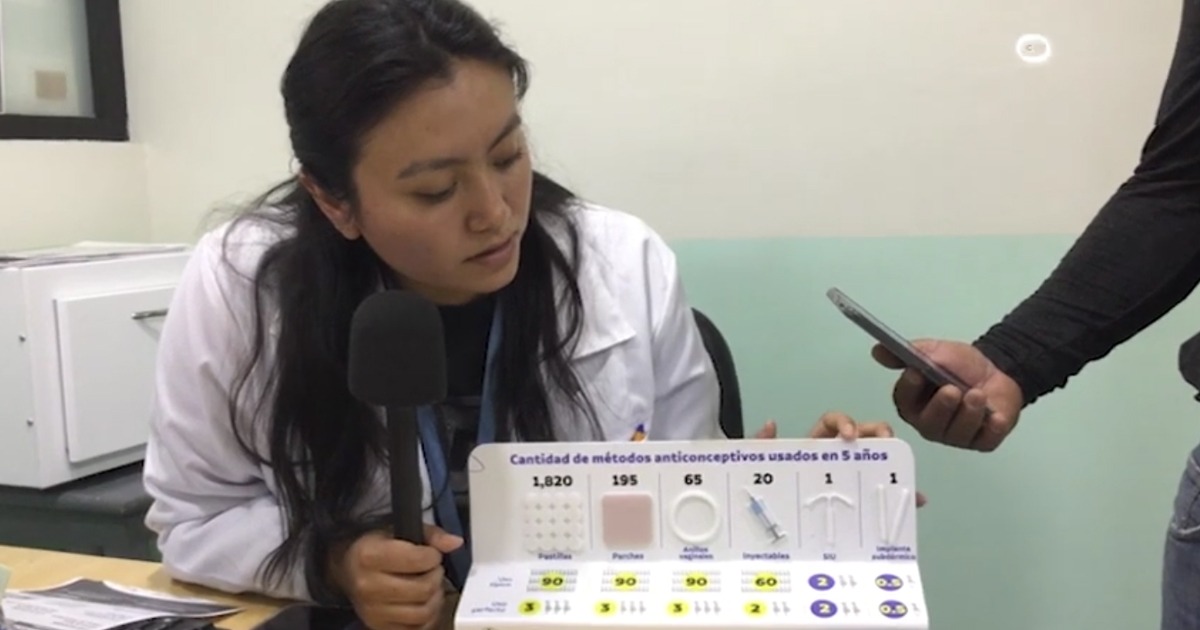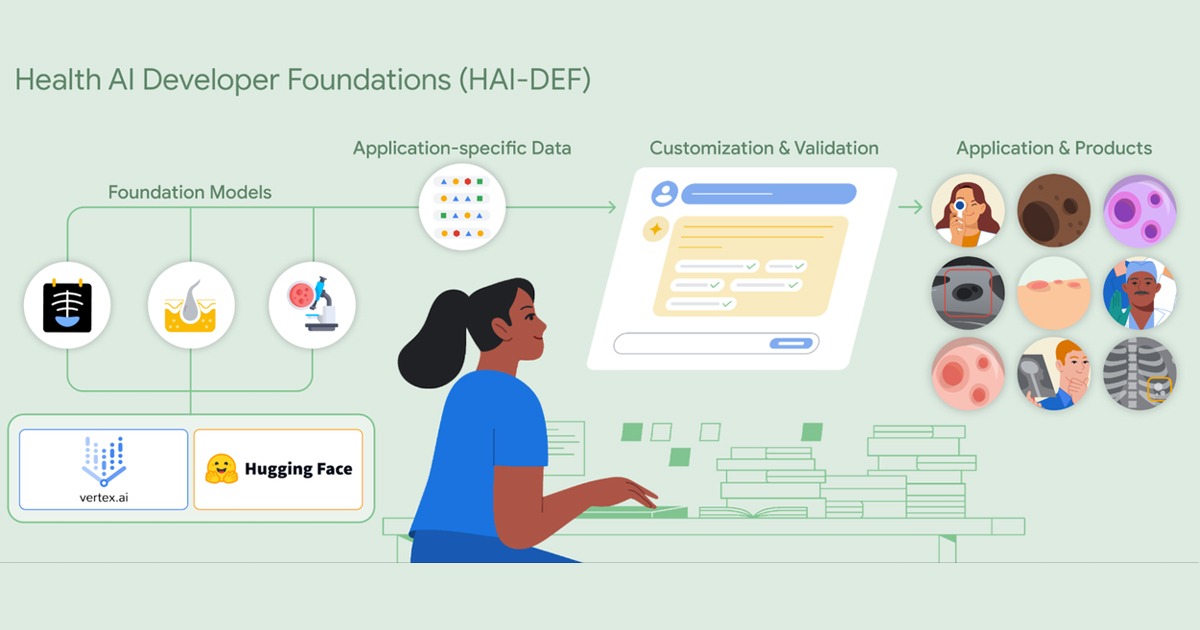The Department of Computational Biomedicine at Cedars-Sinai developed an Artificial Intelligence (AI) model to help physicians predict the outcomes of spinal surgeries.
Cedars-Sinai Medical Center is a nonprofit medical and academic organization. Among its main tasks is research and medical innovation, on this occasion scientists from the Department of Computational Biomedicine have developed a predictive and risk assessment model in patients after having undergone spinal surgery.
This development focuses on knowing how good the patient's condition is for walking, after having undergone surgery of this type and managing post-surgery pain with medication. "The only thing we're doing with this project is really focusing on the pain medication part, because opioid addiction continues to be a challenge, and we're looking at ways to improve pain management after surgery," he explained. spinal surgeon Corey Walker.

In this way, the AI model seeks to predict the possibilities to manage the pain of each patient after surgery and to know if they require additional assistance or support for their rehabilitation. This AI uses is based on machine learning.
"This project uses artificial intelligence algorithms to analyze millions of data points and predict which patients may need additional help with pain control after surgery," said Jason Moore, MD, who chairs the Department of Computational Biomedicine at Cedars. -Sinai.
Prediction is done using a subset of data and then compares its predictions against new subsets and continuously improves its accuracy and methodology. In this way, this tool improves the tests carried out by traditional clinical trials, by analyzing thousands of variables at the same time. In this way, the model manages to measure various variables in patients, such as blood pressure, age, type of medication they were taking prior to surgery and the time they have been taking them.





